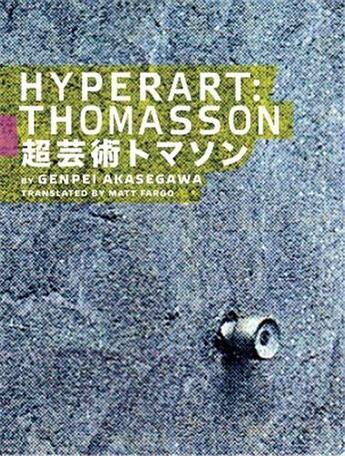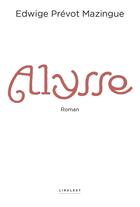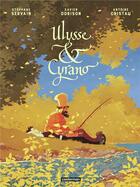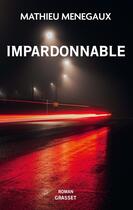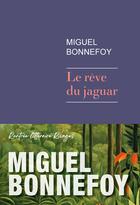-
Date de parution : 18/04/2023
-
Editeur :
Dap Artbook
-
EAN : 9781885030788
-
Série :
(-)
-
Support :
Papier
Résumé:
In the 1970s, estranged from the institutions and practices of high art, avant-garde artist and award-winning novelist Genpei Akasegawa (1937-2014) launched an open-ended, participatory project to search the streets of Japan for strange objects which he and his collaborators labeled hyperart,... Voir plus
In the 1970s, estranged from the institutions and practices of high art, avant-garde artist and award-winning novelist Genpei Akasegawa (1937-2014) launched an open-ended, participatory project to search the streets of Japan for strange objects which he and his collaborators labeled hyperart, codifying them with an elaborate system of humorous nomenclature.Along with modernologists such as the Japanese urban anthropologist Kon Wajiro and his European contemporary, Walter Benjamin, Akasegawa is part of a lineage of modern wanderers of the cityscape. His work, which has captured the imagination of Japan, reads like a comic forerunner of the somber mixed-media writings of W.G. Sebald, and will appeal to all fans of modern literature, art, artistic/social movements and writing that combines visual images and text in the exploration of urban life.In this revised edition, Matthew Fargo?s original US translation of Akasegawa?s hilarious, brilliantly conceived exercise in collective observation is accompanied by reflections from noted scholars Jordan Sand and Reiko Tomii, as well as a new essay by Akasegawa scholar William Marotti and a reflection on Akasegawa?s legacy as a teacher by writer, artist and composer Masayuki Qusumi, a former student of Akasegawa?s.
Donner votre avis



